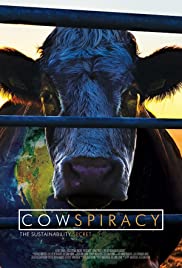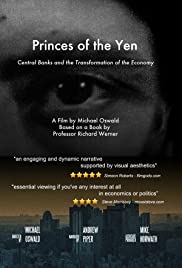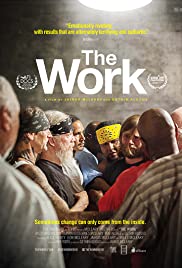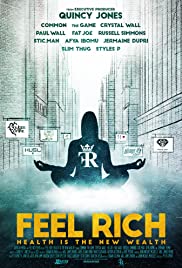
At the heart of the HIV/AIDS crisis and widespread hysteria, a single number and letter designated a ward on the fifth floor of San Francisco General Hospital, the first in the country designed specifically to deal with AIDS patients. The unit’s nurses’ emphasis on humanity and consideration of holistic well-being was a small miracle amidst a devastating crisis and the ensuing panic about risk and infection.
You May Also Like

Looming world government, a world “elite”, The United Nations…loss of American sovereignty! The light of our “shining city on the hill” dims. Dissecting America under judgment, Lieutenant General William Boykin and Alex Jones join Charlie Daniels in a primer for the uninitiated on The New World Order with Biblical perspective. The global feudal police state unfolds…We were born for such a time as this!

Video footage of some of the beauties that have graced Playboy and appeared in Baywatch.

The documentary presents the life and research of Emil Racovita, one of the first Antarctic explorers, a pioneer of oceanology and the founder of a new science, the bio-speleology. He created in Cluj the first Institute of Speleology in the world. Using photographs made by Emil Racovita in Antarctica, the film focuses mainly on the Belgica expedition (1897-1899), the first scientific expedition who wintered in Antarctica, having Roald Amundsen, Frederick Cook on board and Adrien de Gerlache as captain.

A filmmaker cracks a major case dealing with the racially charged murder of a teen.

Follow the shocking, yet humorous, journey of an aspiring environmentalist, as he daringly seeks to find the real solution to the most pressing environmental issues and true path to sustainability.

Soft boys by day, kings by night. The film follows a group of young Bulgarian Roma who come to Vienna looking for freedom and a quick buck. They sell their bodies as if that’s all they had. What comforts them, so far from home, is the feeling of being together. But the nights are long and unpredictable.

Set in 20th Century Japan the documentary explores the role and power of Central Banks and how they can be used to change a country’s economic political and social structures A documentary adaption off the book by Professor Richard Werner.

Set entirely inside Folsom Prison, The Work follows three men during four days of intensive group therapy with convicts, revealing an intimate and powerful portrait of authentic human transformation that transcends what we think of as rehabilitation.

Using home videos recorded by her voice coach, Diana takes us through the story of her life.

The O.J. Simpson case, as never told before. Tanya Brown, Nicole Brown Simpson’s sister, explores O.J. and Nicole’s relationship and the trial that followed, using Nicole’s words and the photos she left behind to reveal the Brown family’s experience.

An investigative journalist uncovers the money, influence, and alarming rationale behind covert land grabs by some of the world’s most powerful countries.

FEEL RICH: HEALTH IS THE NEW WEALTH documents the nascent self-love revolution emerging in urban communities. Narrated by Quincy Jones III, the film features interviews with iconic artists, producers, urban farmers and meditators who have made dramatic changes in their lives by opening themselves up to new ideas about what it means to be rich. Our audience will embark on a journey led by Common, The Game, Crystal Wall, Paul Wall, Fat Joe, Russell Simmons, Stic.Man, Afya Ibomu, Jermaine Dupri, Slim Thug, Styles P and the legendary Quincy Jones that provides unique context to the global health crisis in urban communities by offering a backstage pass into the hearts and minds of the hip hop elite.